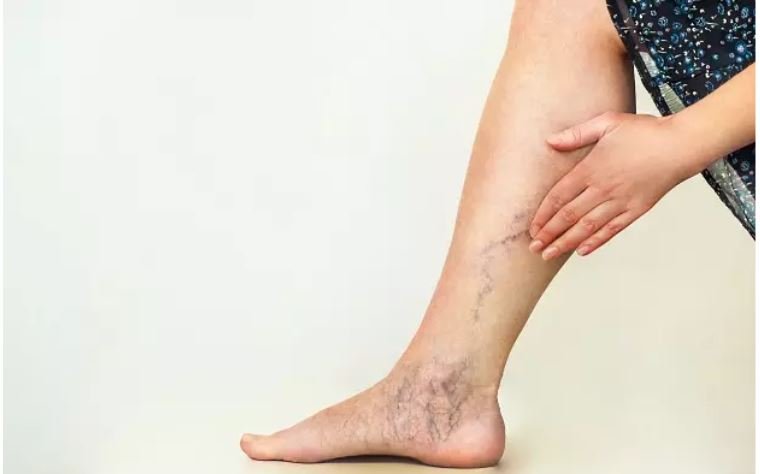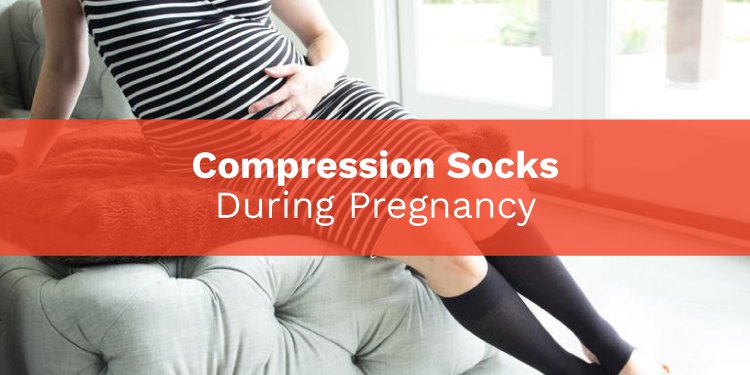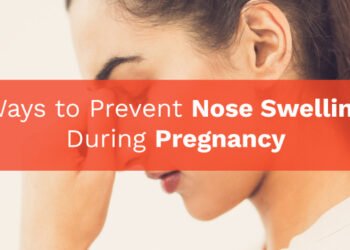Pregnancy is one of the most considerable gifts for women. Your body experiences significant changes such as swelling, fluid retention, leg pain, varicose vein, etc., during pregnancy.
These changes might be uncomfortable and unpleasant for a mom-to-be, but there are different ways to reduce them. Your leg health is crucial during pregnancy to give the correct support for your legs. One might be wearing compression socks.
Know more about compression socks and their benefits for pregnancy.
How pregnancy affects your blood circulation?
It is normal that pregnancy brings hormonal changes like mood swings, nausea, change in food, increase blood volume, and coagulation, affecting your blood circulation.
About 75 percent of moms-to-be experience symptoms like swollen feet and ankles, aching feet, heavy legs, and some might also experience varicose veins.
It is believed that pregnancy is one of the independent factors for varicose veins, and the risk increases with each subsequent pregnancy. It can prevent the return of the blood and may form blood clots in veins.
Women in their first pregnancy will develop varicose veins in 33% of cases and in second or multiple pregnancies 55% of the time.
As the fetus grows, it gives direct pressure on your veins, the blood volume increases, and can partially block some of your veins.
So, to help support blood circulation in the legs and keep our legs healthy during pregnancy is to put on a maternity compression sock at the start of the day.
Knowing about Edema and Varicose Veins
Edema, also known as swelling, is common during pregnancy. Blood flows from the heart, through veins, and to the feet. Extra fluid and the pressure from the growing uterus can cause swelling in the lower legs.
About 70% of women suffer from varicose veins during their pregnancy. Varicose veins are large thick blue and red veins seen on the lower legs. Blood volume increases during pregnancy. Veins depend on one-way valves and leg muscles to move blood back to the heart.

As the uterus starts to grow, it applies more pressure on veins which returns the blood up to the heart. If these veins are weak, it causes the blood to flow backward, which results in swelling of your feet.
In the second and third trimesters of pregnancy, varicose veins even get worsen. As the baby grows, it increases the pressure of the uterus on the pelvic veins, restricting the blood flow to the leg veins in the body.
Varicose veins are very painful, uncomfortable and even increase DVT(Deep Vein Thrombosis). It occurs when there is a blood clot in veins in your body, especially in your lower legs which can be life-threatening.
What are pregnancy Compression Socks?
Compression socks are socks that are designed to apply pressure to your legs and ankles. It effectively reduces the diameter of significant veins and helps to improve blood flow up towards the heart.

Wearing compression socks or stockings will help decrease the pain and also helps to reduce swollen, achy legs.
Dr.BOtek says, “It promotes better blood circulation in the legs.” He even adds that “Compression socks work particularly concerning venous problems of the legs, and more people could benefit from using them.”
Thus, compression socks are designed for compression therapy which helps to prevent and guard against venous disorders.
Types of compression socks
There are generally three types of compression socks:
Graduated compression socks
These compression socks are one of the most common types, with the level of compression tightest around the ankle gradually decreasing towards the top. They are mainly designed to strengthen medical specifications.
Anti-embolism socks
Anti-embolism stockings are more specific in purpose and provide gradient compression. They are mainly used for patients that require bed rest. They are designed to help blood clots and maintain circulation.
Non-Medical support hosiery
These stockings potentially relieve tired and aching legs and usually don’t require prescriptions. They are readily available in any pharmacist and online.
Benefits of Compression Socks
In your early pregnancy, compression socks may not be necessary, but it comes handy in the second part of the pregnancy when the growing fetus applies extra strain on your lower half.
The benefits of compression socks include:
- It helps to reduce the diameter of blood vessels in the legs, which improves the vessel’s ability to push the blood back up to the heart.
- It reduces swelling and the risk of blood clots.
- It helps to prevent DVT(Deep vein thrombosis) in the legs.
- Improve lymphatic drainage
- Improves blood circulation
- It helps in minimizing varicose veins.
- It helps to ease aches and pains.
- Boost lymphatic drainage
- It helps to stay comfortable on your feet for a more extended period.
When should pregnant women start wearing compression socks?
Most medical experts recommend compression socks right after the first trimester or as early as four months, as visible signs start appearing from or before the first trimester like swollen, heavy legs, constant fatigues, etc.
Thus, it is better to wear compression socks during all pregnancies to prevent varicose veins and DVT development.
Which time of the day?
If you experience severe swelling during your pregnancy, try to wear compression socks before you get out of bed in the morning and take off at night before sleep.
In the later stages of pregnancy, it might be challenging to wear stockings; it is better to ask for help as it needs to be worn properly.
Traveling
When traveling or on a long trip, wear compression socks. This is because sitting for an extended period can cause the blood to accumulate in the legs, increasing the risk of blood clots.
According to some research, pregnant women should frequently move their legs, stretch and take breaks when they are on a flight or any long trip.
Doing household chores or office work.
Many pregnant women who plan to do household chores like cooking all day can benefit from using compression socks to reduce the pain.
Similarly, people working in the office should wear compression socks because sitting for an extended period increases the risk of developing a blood clot. In addition, compression stocking will help blood flow back to the heart.
The best way to choose compression socks for pregnancy
The following factors should be considered while choosing the best compression socks for pregnancy.
Fit
The pressure of your compression socks should not be too tight or loose. It should be firm. They should not be uncomfortable, hard to put on, and cause your toes to be numb.
If the compression socks are too tight and difficult to pull on, it affects your blood circulation and even damages the blood vessels in your lower legs.
The most effective way is to look for a size chart. Thus, to improve blood circulation and prevent swollen legs, always consider a correct fit for the compression socks you will buy.
Level of Compression
Another vital factor to consider is the level of compression. The level of compression ranges from light to firm but, always choose the compression prescribed by the doctor. There are different compression socks available, but asking a doctor will be a better option for you.
Style
A range of style options is available for compression socks, like a short-length sock that you would wear on sneakers to exercise or high knee-length compression socks.
High knee-length compression socks are most likely effective and provide maximum benefit and comfort.
According to Dr.Hoskins,” High knee-length compression socks are effective and practical, especially if you have varicose veins on your thigh.”
Graduated Compression
Many women consider graduated compression socks when it comes to wearing them for a more extended period. The level of compression is strongest at the ankle and gradually decreases as they move up your leg.
These stockings help reduce the pooling of blood in the legs.
Comfort
Compression socks should be comfortable to wear. If the socks are challenging to wear, too tight, tingly, and causing skin damage, it is better to use lighter compression socks. However, wearing compression socks, you should be comfortable doing any chores.
Size
As compression socks come in different sizes, it is essential to check the size chart of the stockings before buying.

Drawbacks of Compression Stockings
There are side effects of compression socks even though they provide multiple benefits. Some of the drawbacks of compression socks are listed below:
- If you are allergic to the stocking material or don’t fit properly, it can give skin problems.
- If you are not putting or taking off properly, it damages the skin and nerves causing infection.
- Sometimes, compression stock can be uncomfortable and increase pain in knee joints.
Conclusion
Pregnancy is one of the most precious moments in the lives of women. However, during pregnancy, our body undergoes different changes that might not be pleasant or comfortable.
Compression socks are a crucial part of the pregnancy period as it helps reduce the pain in your feet and ankles, promotes good blood circulation and helps in reducing the risk of blood clots.
It helps in managing your day-to-day activities more efficiently and helps to stay active and healthy.
Hence, it is recommended to wear compression socks during pregnancy.














